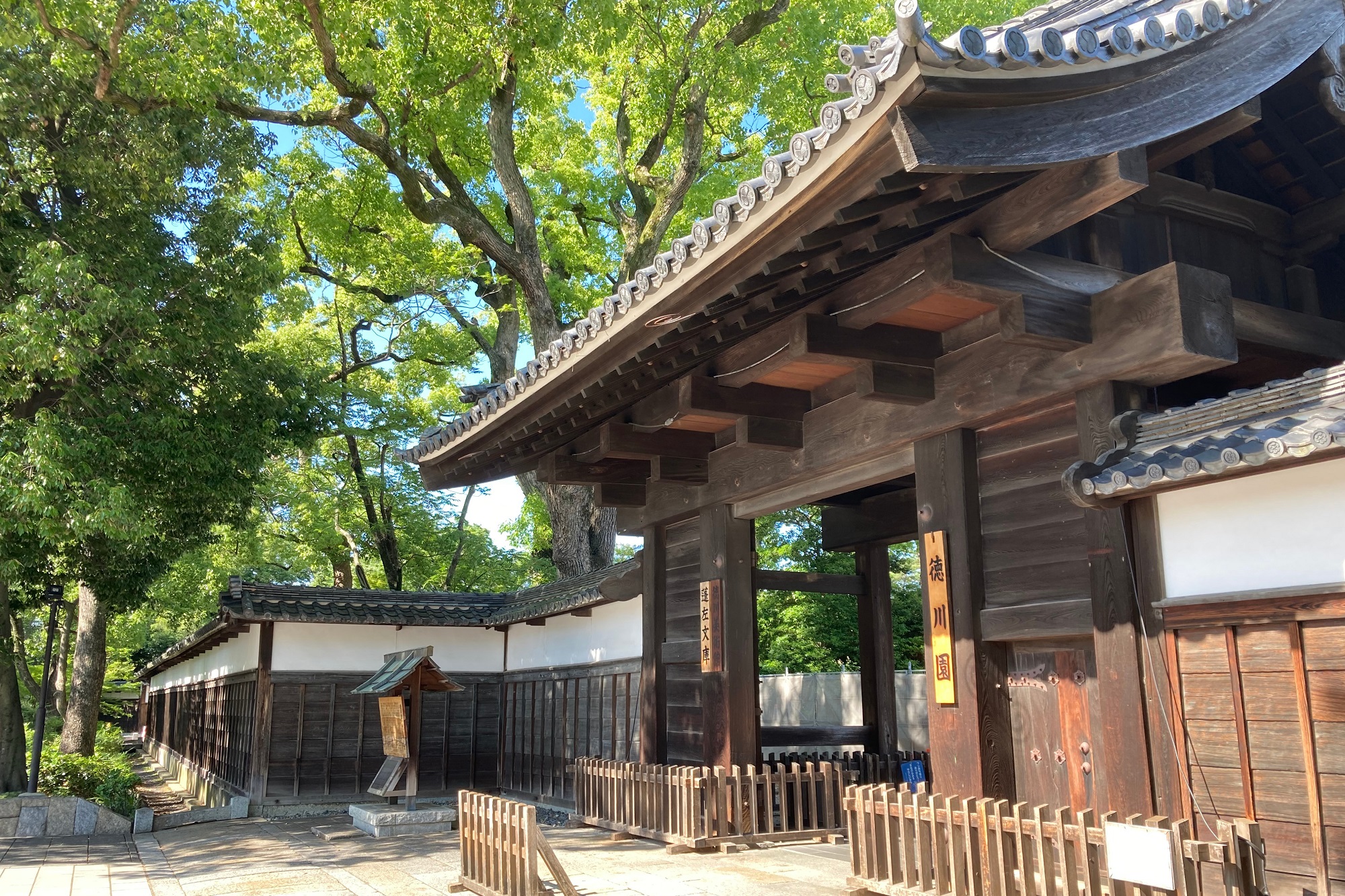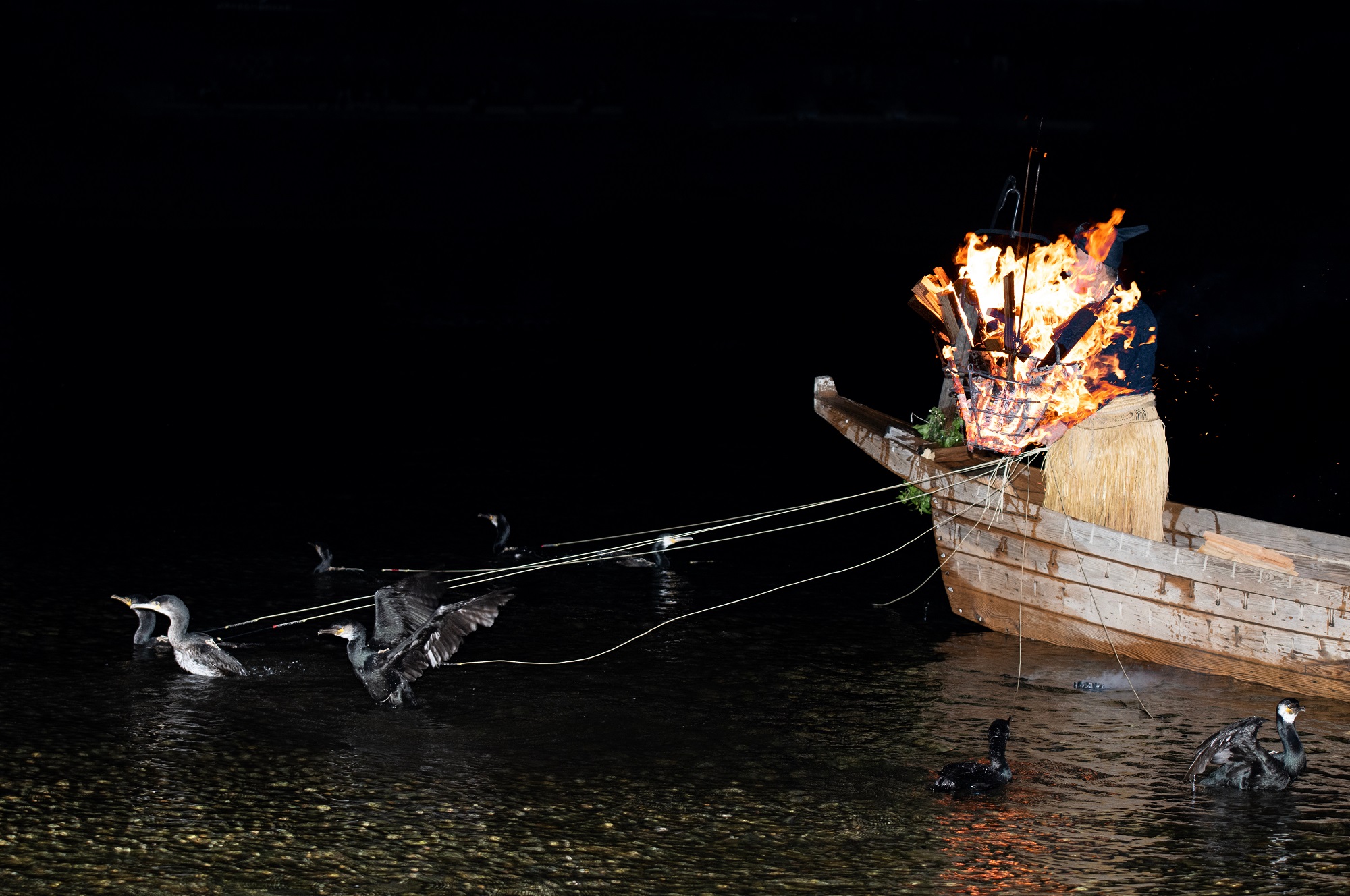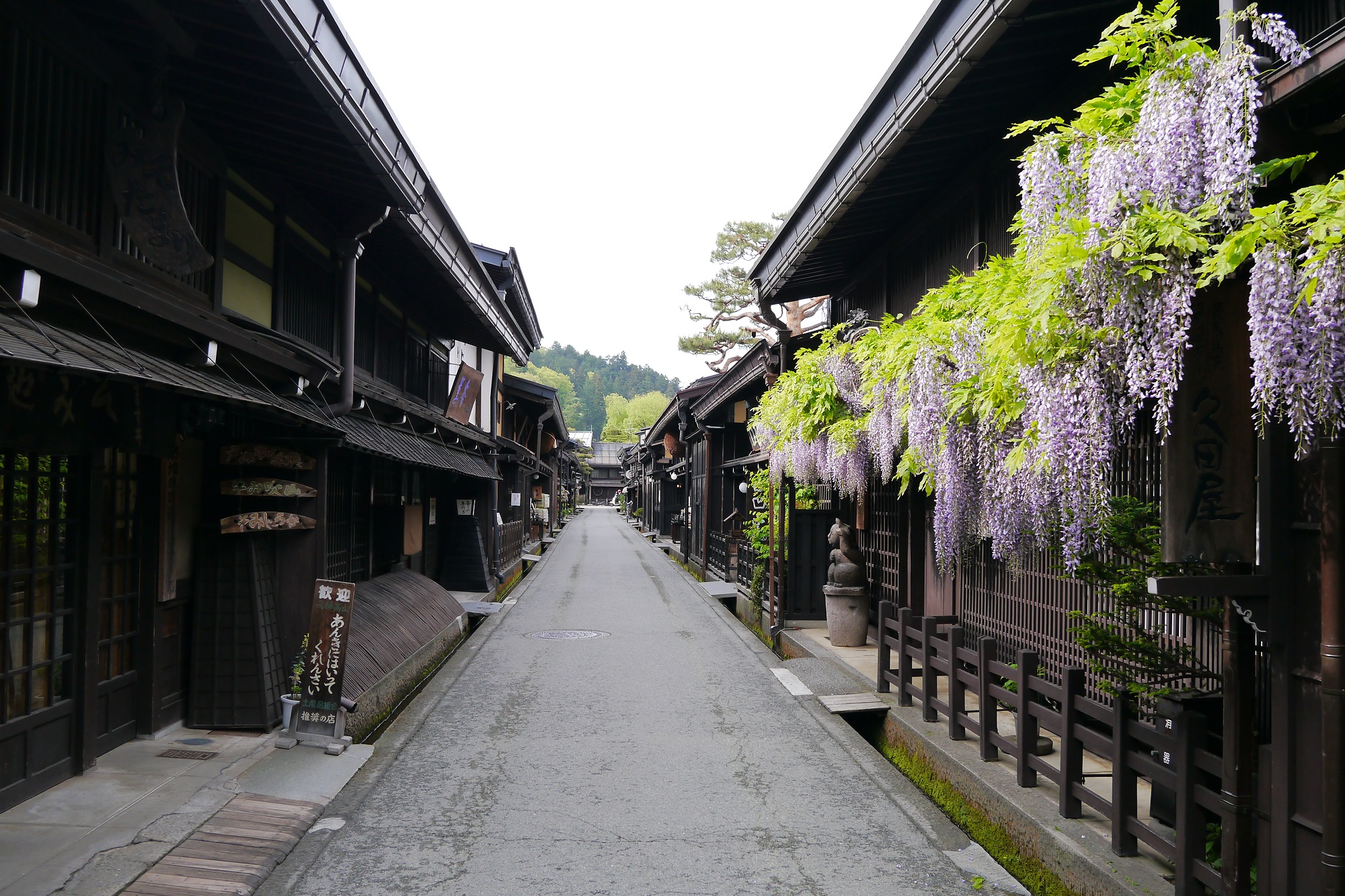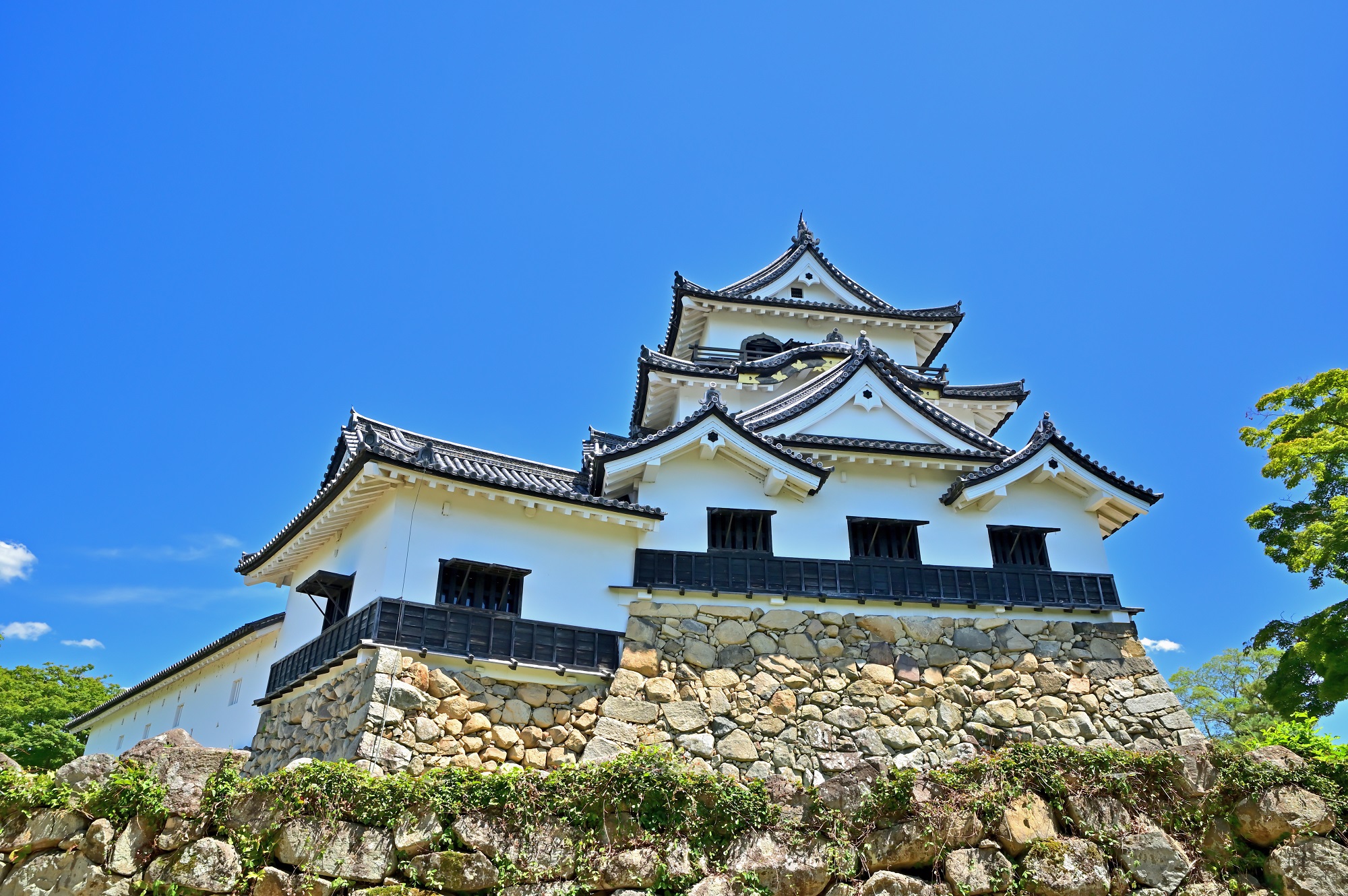Historic Sites / 史跡
About Historic Sites
Exploring the historically significant buildings, ruins, and locations associated with historical figures is one of the ways to enjoy traveling in Japan. Some works of art and buildings are designated as National Treasures or Important Cultural Properties to pass on the value to future generations. When visiting Japan, do not miss to visit some of the National Treasures introduced on this page.
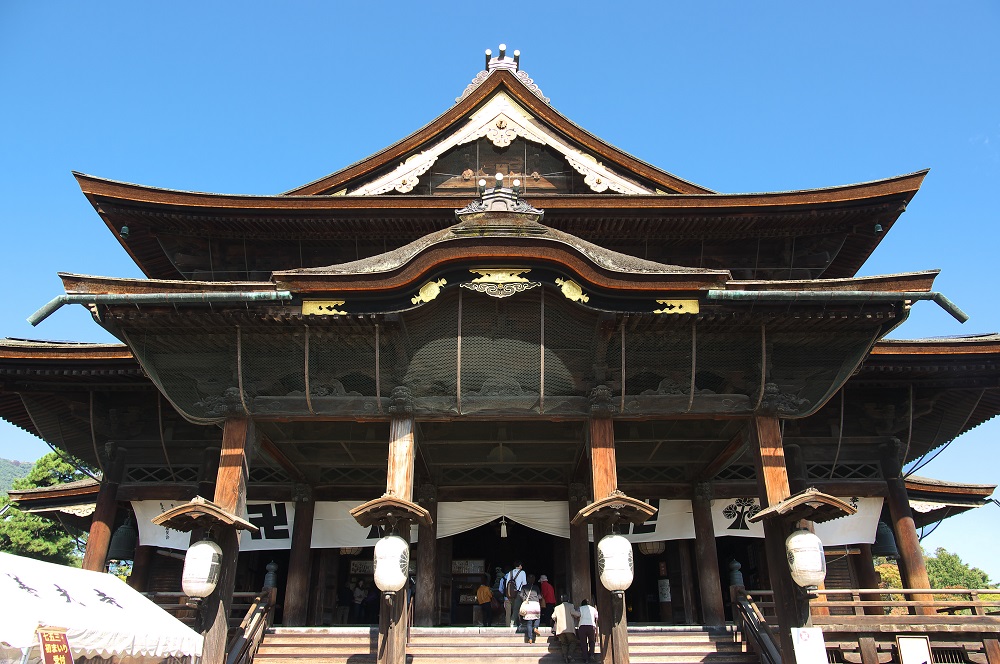
Visiting Historic Sites
Historic sites are preserved in memory of past events, for future generations. Learning the history of Japan will help understanding more of both the individual site and about Japan. Some of the sites are considered sacred or deeply connected to the spiritual culture of the region and are carefully protected, so, it is essential to follow the general rules of not entering the places prohibited, taking garbage with you, not damaging the monuments and structures, and following the instructions of the staff, and other rules established at the site.

Major Historic Sites in the Chubu Region
Aichi
Inuyama Castle Keep (Inuyama City)
Inuyama Castle is the oldest existing castle keep in Japan. Built during the 16th century by Oda Nobuyasu [the uncle of Oda Nobunaga], the keep sits atop a small mountain along the Kiso River, and the majestic appearance is mesmerizing to behold.
Designated as a National Treasure in 1952.
Click here for more on Inuyama Castle
Midado Hall in Konrenji Temple (Nishio City)
The oldest wooden architecture in Aichi Prefecture and one of the "Mikawa Shichimido" [Seven Mikawa Temples], built in 1186 by the order of Minamoto no Yoritomo. With a cypress bark roof and gently curving front and side eaves, the structure exudes elegance. Three statues of the Amida Buddha are enshrined.
Designated as a National Treasure in 1955.
Jo-an Tea House (Inuyama City)
The creation of Jo-an is considered a pinnacle achievement of Oda Uraku [the younger brother of Oda Nobunaga, and a tea master in the early days of tea ceremony], and the design expresses both his personal tea aesthetic and his individuality of spirit. The tea house was built in the Shōdenin Shoin at the Kenninji Temple. Uraku preferred the tea rooms to be comparatively well lit, having a hinged panel in the roof which could be propped open like a skylight, and the "urakumado" [Uraku windows], the square, semi-translucent panels made of thin, vertical bamboo branches closely spaced together.
Designated as a National Treasure in 1951.

Shizuoka
Kunozan Toshogu Shrine (Shizuoka City)
Tokugawa Ieyasu had instructed retainers to bury his remains at Kunozan before decease. Tokugawa Hidetada [the second Shogun of Tokugawa Dynasty] carried out the instructions and ordered a shrine to be built to enshrine Tokugawa Ieyasu, and the Toshogu Shrine was built the following year. It is said that the architectural style of the first "Gongen-Zukuri" [the style of shrine with an Ishi-no-ma], differentiated by the "Ishi-no-ma" [important space connecting the world of the gods and the world of mortals, where many religious rites are performed] between the main shrine and the worship hall. Also, enjoy the brightly colored paintwork and the exquisite carvings.
Designated as a National Treasure in 2010.
The Five Buddhas of Unkei (Izu-no-kuni City)
The Five National Treasure Buddhist sculptures made in 1186 by Unkei [one of the leading sculptors of Buddhist statues in Japan, active from the late Heian to Kamakura Periods] are enshrined in the Omidou [main viewing hall] of the Ganjoujuin Temple. The enshrined statues are the Amidanyorai [sitting statue], Fudoumyouou, Kongaradouji, Seitakadouji [standing statues in a group of three], and Bishamonten [standing statue]. Unkei carved the statues in a realistic, expressive and muscular new style that marked the beginning of a distinctive Kamakura sculptural style making these statues a milestone in the history of Japanese sculpture. The initial purpose of the temple was to wish for victory in the war fought by Minamoto no Yoritomo against Oshu Fujiwara as revenge against the Heishi Clan and to restore the Genji Clan to power once more. Yoritomo was exiled to Izu by the Heishi Clan and lived there for 20 years before this war was planned.
Designated as a National Treasure in 2013.

Nagano
Former Kaichi School Building (Matsumoto City)
This masterpiece of pseudo-Western architecture was built in 1876, early in the Meiji Era. Following the Meiji Restoration, Japan set off on a path of modernization, starting with education, and in this context, people sought to emulate Western architectural styles. However, being built at a time when there was no knowledge of Western architecture and no standards regarding school buildings, the building has a unique design of the mixture of various elements of both Western and Japanese styles. Also appreciated for nearly 90 years of use as an elementary school building.
Designated as a National Treasure in 2019.
Main Hall of Zenkoji Temple (Nagano City)
The main hall has been lost several times by fire and was reconstructed as the typical Buddhist architecture from the mid-Edo Period in 1707. The main hall is distinctive for being shaped in the form of the letter "T" with a long depth, and the principal image of the temple of Ikko Sanzon Amida Nyorai [the oldest Buddhist image in Japan], is enshrined in the Ruridan podium at the far end.
Designated as a National Treasure in 1953.
Click here for more on Zenkoji Temple
Matsumoto Castle Keep (Matsumoto City)
Matsumoto Castle, initially Fukashi Castle, was built around 1593-4 and is the oldest of the few surviving five-roofed six-story castle keeps in Japan. The walls of the castle tower are covered with white plaster on the top and black lacquered clapboard on the bottom, creating a vivid contrast between black and white. The reflection of the castle set against the Japanese Alps in the water of the moat is beautiful to behold.
Designated as a National Treasure in 1936.
Click here for more on Matsumoto Castle

Gifu
Ankokuji Temple (Takayama City)
Ankokuji Temples were built throughout Japan by two brothers of founder of the Muromachi Shogunate, Ashikaga Takauji and Tadayoshi, to pay a tribute to the memory of those killed in action. The Ankokuji Temple in Hida Region was built in 1347, and inside the sutra repository is the oldest rinzo [rotating sutra shelf] in Japan, housing the Yuan version of the Tripitaka [a comprehensive collection of Buddhist scriptures compiled during the Yuan Dynasty] that was bought over from the Ming China.
Designated as a National Treasure in 1963.
The Kaisando and Kannondo Halls at Eihoji Temple (Tajimi City)
The Kokeizan Eihoji is a Zen Temple founded in 1313. The name of the area "Kokeizan" was taken after the resemblance of the scenery of Mt. Lushan ["Kokei" in Japanese] in China. Built in a combination of Tang Chinese and Japanese architectural techniques, the Kannondo Hall houses a seated statue of the Sho-Kannon Bodhisattva, and the Kaisando Hall, located at the far end of the temple precinct is said to be the masterpiece of Zen Buddhist architecture.
Designated as a National Treasure in 1952.

Mie
The Mieidō and the Nyoraidō of Senjuji Temple (Tsu City)
Senjuji Temple is the head temple of the Takada school of Shinshu Buddhism, which has over 600 temples nationwide. Although the temple buildings were destroyed by fires repeatedly, the Mieido Hall rebuilt in 1666, is one of the largest Buddhist temples in Japan with a seated statue of Shinran enshrined front and center. The Nyoraido Hall built in 1748 enshrining a standing statue of Amida Nyorai as the principal image, is one of the largest Zen-style building in Japan. It is a magnificent temple with many temple buildings on the grounds, of 11 of which are designated as Important Cultural Properties. Two of the buildings, the Mieidō and Nyoraidō, were the first in the Mie Prefecture to be designated as a National Treasure in 2017.

Shiga
Hikone Castle Keep, Tsuke-Yagura, and Tamon-Yagura (Hikone City)
Constructed in 1622, Hikone Castle was built over in a period of 20 years, when the Ii Clan moved from Sawayama Castle. The castle keep is beautiful and dynamic, with three roofs and three stories, roofs of various appearances, gilded metal fittings, and flower-headed windows with lancet arched windows at the top. The turrets attached to the side of the keep are "tsuke-yagura" and those in the form of row houses are "tamon-yagura".
Designated as a National Treasure in 1952.
Click here for more on Hikone Castle.
Enryakuji Temple Konpon Chu-do (Otsu City)
The To-do area of the Enryakuji Temple is where it got its start, by Dengyo Daishi Saicho opening the first of the temple buildings. A National Treasure "Konpon Chu-do" [the main temple] was rebuilt in 1642, after Oda Nobunaga burnt down the temples of Mt. Hiei in 1571. The principal image is the Yakushi Nyorai [Medicine Buddha], and in front of the principal image is enshrined a lantern holding the "Inextinguishable Dhama Light", remained lit for over 1,200 years.
Designated as a National Treasure in 1953.
Click here for more on Enryakuji Temple.

Fukui
Myotsuji Temple Main Hall and Three-Story Pagoda (Obama City)
Myotsuji is a Shingon sect temple tucked away in the hills of the city of Obama. Built in 806 by Sakanoue Tamuramaro [the military ruler at the time], by having a revelatory dream that the place is the place to build a temple to pay a tribute in the memory of those killed in action of conquest to Ezo. Myotsuji is a veritable trove of National Treasures. The main hall, which was constructed in 1258, and the three-story pagoda, built in 1270, are both works of architecture representing over 1,200 years of history. Both buildings enshrine several Buddha statues, four of which are National Treasures. The statues and colorful murals are housed inside the three-story pagoda.
Designated as a National Treasure in 1953.

Ishikawa
Sword Yoshimitsu (Hakusan City)
An elegant sword, despite the size, forged by Yoshimitsu, the master of the short swords, and is one of the two National Treasures in the Ishikawa Prefecture. This sword was brought into the Kaga Domain by Achiko, a foster daughter of Tokugawa Iemitsu, as a trousseau upon marriage with the fourth lord of the Kaga Domain Maeda Mitsutaka, and later, was dedicated to the Shirayama Hime Jinja Shrine by the fifth lord of the Kaga Domain Tsunanori, as a homage after death of his mother.
Designated as a National Treasure in 1952.
Toyama
Zuiryuji Temple, its Buddhist Hall, and Gate (Takaoka City)
Kokozan Zuiryuji enshrines Maeda Toshinaga, the second head of Kaga Domain. Built in the middle of the 17th century by the order of Toshitsune Maeda, the third head of Kaga Domain, in reverence of Toshinaga Maeda. The architecture is typical of that found in Zen Buddhist temples. The Sanmon gate, Butsuden Main Hall and Hatto Lecture Hall are all designated as the National Treasures of Japan Designated as a National Treasure in 1997.

Destinations
Nagoya Castle / 名古屋城 (Aichi)
Nagoya Castle, the one of the icons of Nagoya, was completed in 1615 by the Shogun, Tokugawa Ieyasu. Intended as the residence of the Owari Tokugawa family to prepare for the threat of the Toyotomi Cl....
The Tokugawa Art Museum / 徳川美術館 (Aichi)
The Tokugawa Art Museum houses many masterpieces of the Owari Tokugawa family, including the belongings of Tokugawa Ieyasu, the founder of the Edo shogunate. The museum houses many national treasures ....
Atsuta Jingu [Shrine] / 熱田神宮 (Aichi)
Built in the year 113 (the 43rd year of Emperor Keiko's reign), Atsuta Shrine (Atsuta Jingu) has a history dating back over 1,900 years. As the second most sacred shrine in Japan after Ise Shrine (Ise....
Osu Kannon Temple / 大須観音 (Aichi)
Osu Kannon is one of Japan’s three most prestigious Kannon sacred sites, along with Asakusa Kannon in Tokyo and Tsu Kannon in Mie Prefecture. Founded by Noshin-Shonin in 1324, the main object of worsh....
Inuyama Castle / 犬山城 (Aichi)
Built in 1537 by Oda Nobuyasu, the uncle of the famous warlord Oda Nobunaga, Inuyama Castle is the symbol of Inuyama City. The castle's keep is the oldest still standing in Japan, and the castle as a ....
Museum Meiji-Mura / 明治村 (Aichi)
Open-air museum Meiji Mura opened in 1965 to preserve and exhibit Meiji architecture. Buildings of artistic and historical value, mainly from the Meiji Era (1868-1912), have been relocated and restore....
Zenkoji Temple / 善光寺 (Nagano)
Zenkoji Temple dates back over 1,400 years and has been widely known and endeared since ancient times as a temple not affiliated with any particular religious sect, but rather welcoming to people of a....
Matsumoto Castle / 松本城 (Nagano)
Matsumoto Castle is Japan's oldest five-tiered castle with a six-story keep, and one of only 12 castles in the country with a keep that dates back pre-Edo Period (1600/1603-1868). Currently, only two ....
Gifu Castle / 岐阜城 (Gifu)
Gifu Castle, formerly known as Inabayama Castle, was Saito Dosan during the Warring States Period. Perched atop a rocky hill, this castle was reputed as being impregnable, and it was said that "whoeve....
Cormorant Fishing on the Nagara River / ぎふ長良川の鵜飼 (Gifu)
Cormorant fishing is a traditional fishing method practiced mainly in China and Japan, characterized by the use of birds called cormorants to catch sweetfish, etc. Four species of cormorants live in J....
Hida Takayama / 飛騨高山 (Gifu)
The central area of Takayama City is called "Old Town" and is also known as "Hida's Little Kyoto" due to its well-preserved castle town and merchant town, including restaurants and souvenir stores con....
Shirakawa-go / 白川郷 (Gifu)
Renowned for its gassho style and unique buildings perfect for the local climate, Shirakawa-go and Gokayama Gassho style Village were designated as an Important Preservation District for Groups of Tra....
Ise Jingu / 伊勢神宮 (Mie)
During the Edo Period (1600-1868), it became popular for people to partake in “okage mairi” processions, during which large groups of people flocked to worship together at Ise Jingu Shrine. During thi....
Kumano Kodo / 熊野古道 (Mie)
The Kii Mountain Range is home to the three sacred sites of Kumano Sanzan (Three Kumano Shrines), Koyasan (Mt. Koya), and Yoshino-and-Omine, which have nurtured various forms of faith, including Shint....
Hikone Castle / 彦根城 (Shiga)
Hikone Castle was the residence of the Ii family, feudal lords who held important positions in the Edo shogunate and supported the reign of the Tokugawa family. In 1604, by order of Tokugawa Ieyasu, c....
Enryakuji Temple / 比叡山延暦寺 (Shiga)
Hieizan Enryakuji is the head temple of the Tendai sect of Buddhism in Japan, and its vast temple area stretches out across Mt. Hiei. The temple is said to have been founded in 785, at the end of the ....
Eiheiji / 永平寺 (Fukui)
Eiheiji Temple, founded in 1244 by Zen Master Dogen, is a Zen training center and the head temple of the Soto sect of Buddhism in Japan. Located deep in the mountains in a verdant natural setting, the....
Kenroku-en / 兼六園 (Ishikawa)
Kenrokuen is one of the three most famous gardens in Japan, alongside Okayama Korakuen in Okayama City, Okayama Prefecture, and Mito Kairakuen in Mito City, Ibaraki Prefecture. As one of the most famo....
Higashi-Chaya District / ひがし茶屋街 (Ishikawa)
Higashi Chaya District is located about 10 minutes by bus from JR Kanazawa Station. It is the largest of the three teahouse districts (Higashi Chaya, Kazue-machi Chaya, and Nishi Chaya) that still rem....
“Shiroyone Senmaida” Rice Terraces / 白米千枚田 (Ishikawa)
Shiroyone Senmaida is a series of terraced rice fields located on a steep slope in the town of Shiroyone in the east of Wajima City, Ishikawa Prefecture. Terraced rice paddies are built in a stepped p....
Gokayama / 五箇山 (Toyama)
Gokayama is a region of forty small villages nestled in abundant nature in Nanto City, Toyama Prefecture, famous for its houses built in the gassho-style, which represent Japan's wooden culture. In 19....


